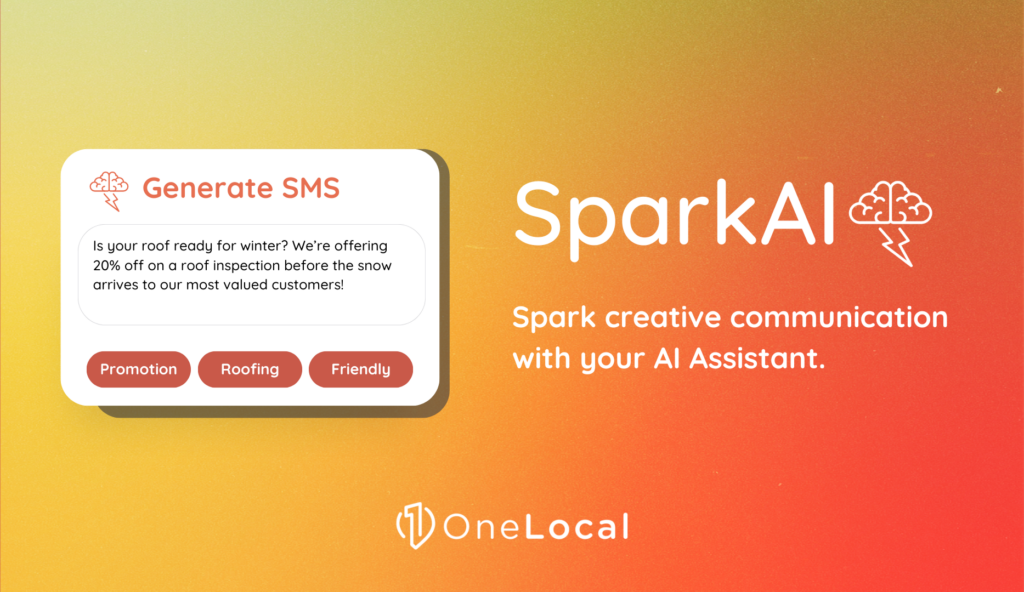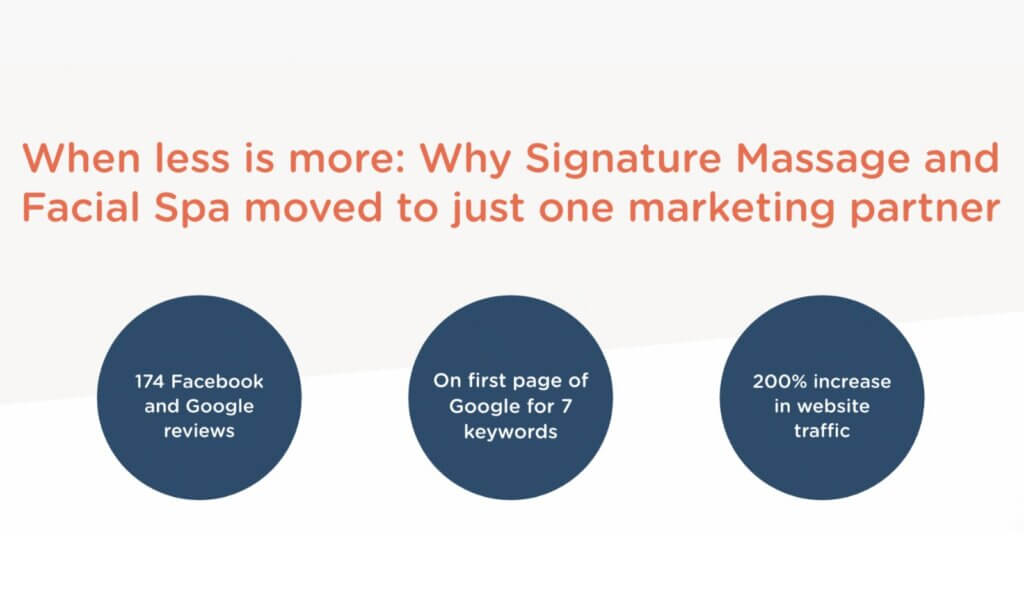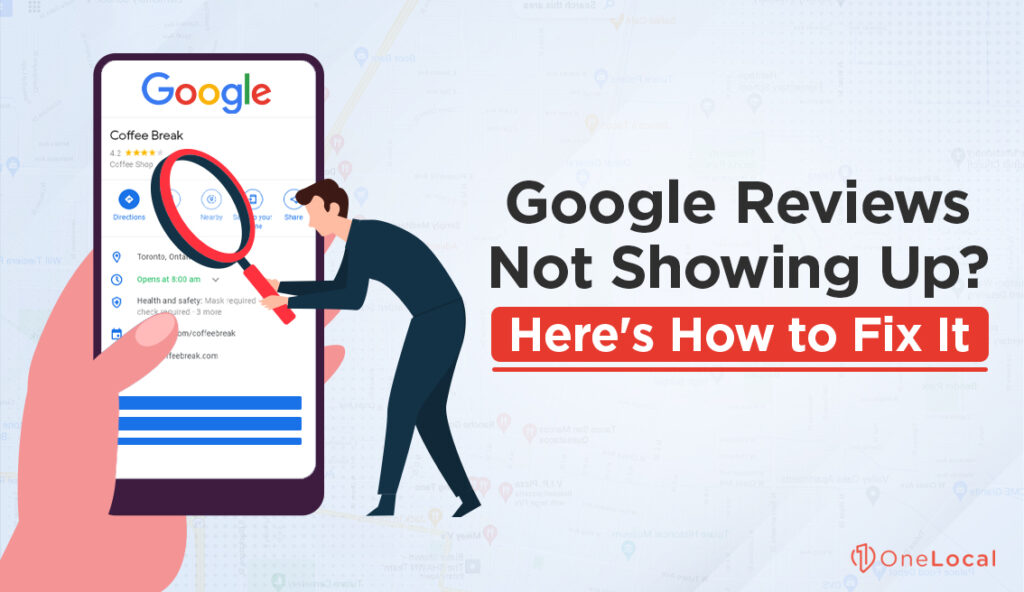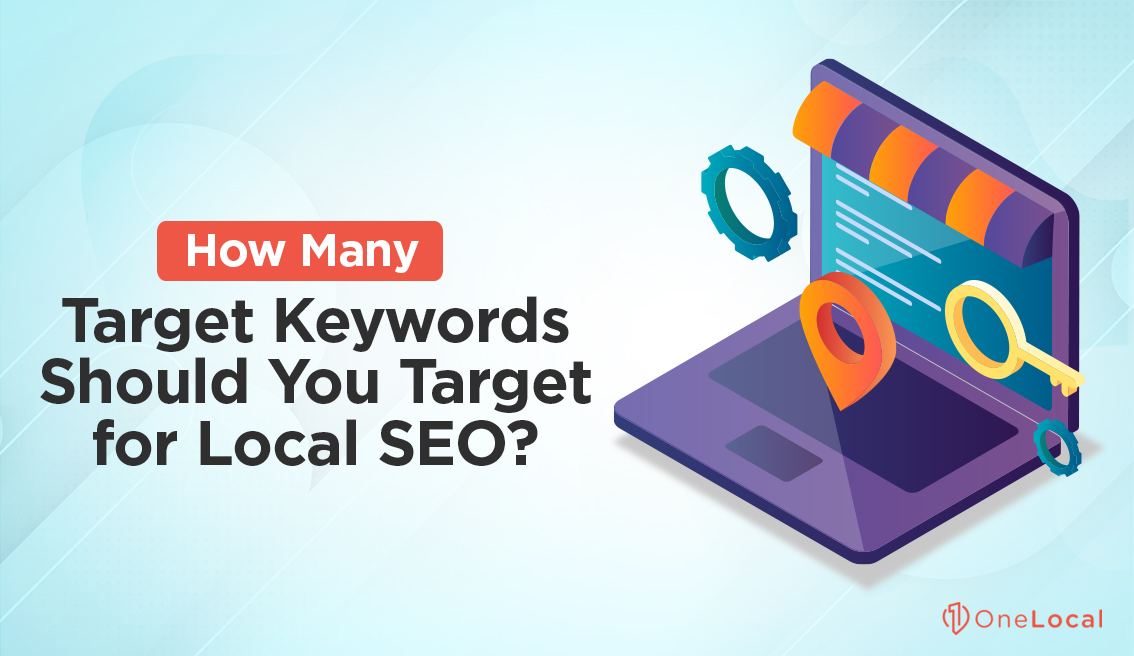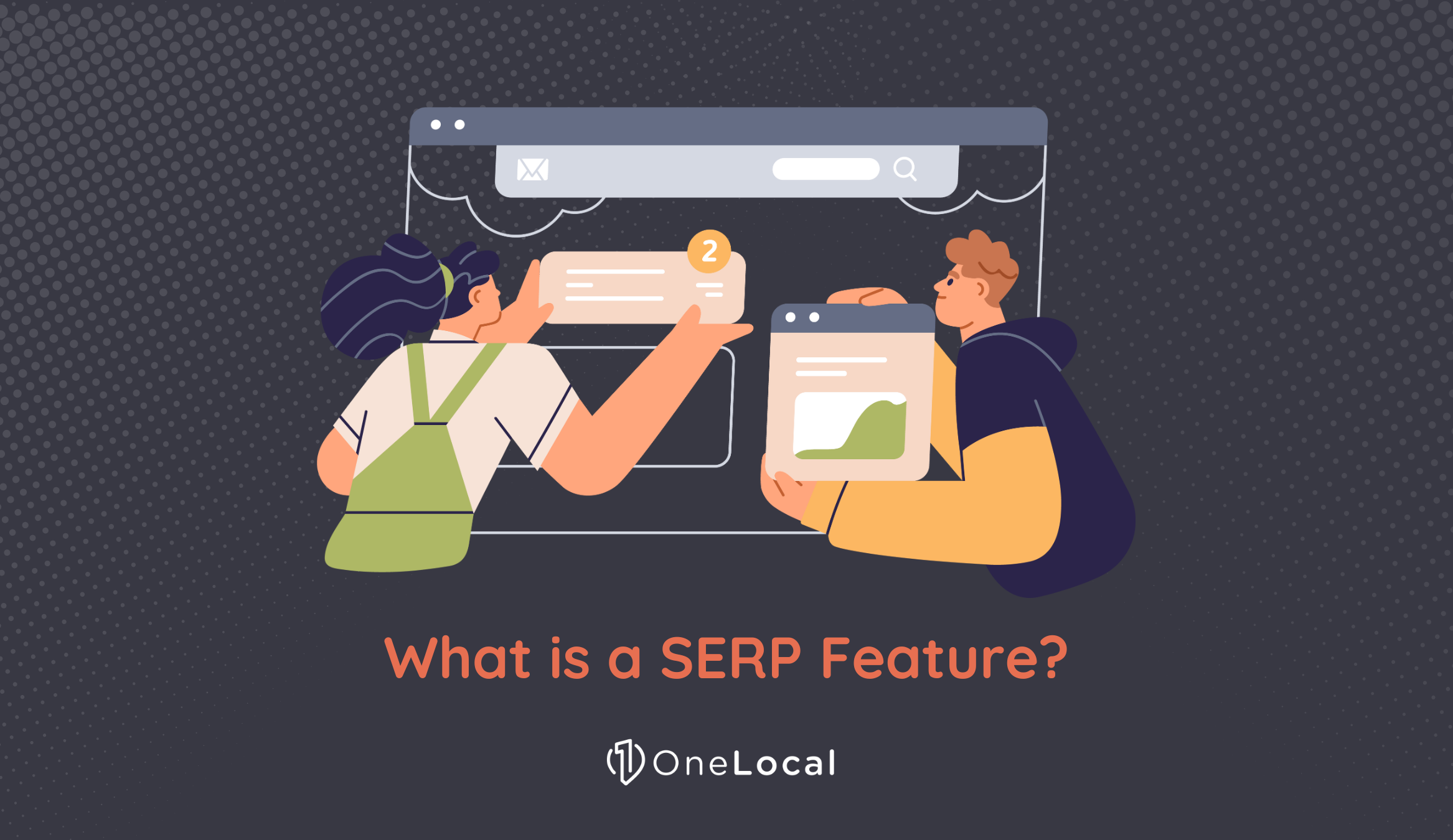SEO, both local and global, revolves around two things. These two things are links and keywords. Links make the world go-’round, driving traffic from place to place and building the “web” itself. Keywords, meanwhile, form the backbone of how search engines discover what a piece of content is about.
When you’re building a local SEO campaign, you may wonder: how many target keywords should you have? Is it better to target as many as you can for a broad base of exposure? Should you try to show up everywhere that you can, even if you’re not entirely related to the topic? Or, is it better to focus on just a few highly-relevant keywords?
Let’s use a landscaping company as an example. Keywords relevant to local landscaping might include words like “landscaping” or “lawn care,” obviously with the local location attached. Other keywords could include landscaping-related keywords like “lawnmowers,” and “berms,” and “hedge trimming,” which may be less applicable to your entire audience but can still reach a subset of them.
If 90% of your business’s customers are in it solely for lawn care, should you focus on targeting just lawn care keywords, or should you expand your keyword targeting to reach more people in other areas of business?
The answer to this question is a lot more complex than you might realize.
Websites Rank for Thousands of Keywords
The first thing to understand is how websites rank for keywords. It requires a bit of understanding of how Google works, which can be very complicated, but we’re going to sum it up in a simple, easy-to-understand rundown. If you have questions, though, feel free to ask us in the comments.
When Google looks at a website, they see the code behind it. They can analyze that code and extract a lot of information. Some of that information is about the site itself, like the navigation structure, the URL, the meta data, etc. The rest of that information is about the content of the pages itself.

The page content is divided into two groups; words and non-word information. Non-word information is things like images and links.
Words are analyzed according to language processing. Google has patented systems that they use for weighting language, including the “TF-IDF” algorithm and more sophisticated versions of it.
You can think of it sort of like a word cloud. Google breaks down the content into an index of words that appear on the page. It uses algorithms to give each word a weight, according to two factors: how often that word appears on the page and how often it appears across the sum of all pages Google knows about. This allows them to disregard common words like “the” and “and” while giving extra weight to uncommon words like “lawn care” and “landscaping.”
This analysis of every page on your site will give Google a rather deep and nuanced understanding of what your page and website are about. After all, every page has common words in it, but your pages only have a specific selection of valued, uncommon words. Those words typically indicate the words most relevant to your business.
Google also does additional categorization of different kinds of words. “Landscaping” is a service word, a type of word that indicates what the page is about. Meanwhile, a word like “Dallas” is a place word; it indicates not a service you provide but an area you provide that service. Combining the place word and the service word appearing on your site gives Google a more thorough understanding of your business.
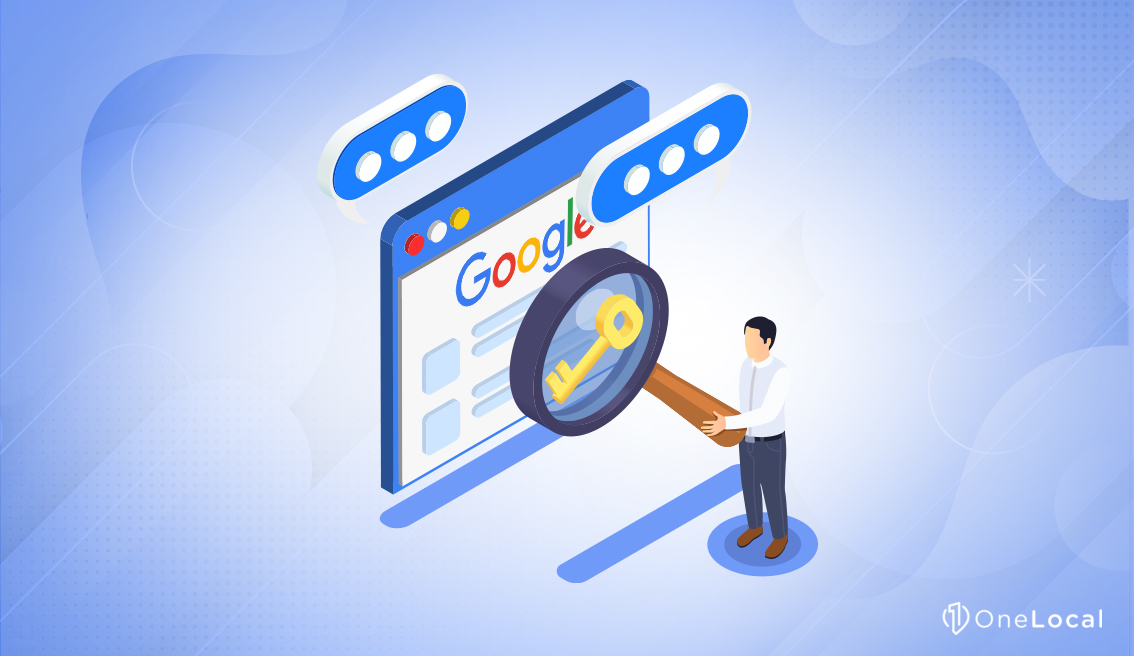
The trick in SEO is to understand this – maybe not on a deep technical level, but on a practical level – and learn how to provide the right words to tell Google what your website and business are about. That’s what “key” words are, the most important words to indicate what your business is about.
What Google identifies as keywords for your site and what you want your keywords to be, can be different. That’s why a large part of SEO is analyzing and understanding your content and the content you produce moving forward, so you can pour focus into those target keywords.
There’s more nuance to it than this, of course; Google’s algorithms are incredibly sophisticated and the product of decades of evolution, involving hundreds of different factors to rank a page. We’re just digging into a simple overview of one aspect of SEO.
What Does it Mean to Target a Keyword?
Targeting a keyword, specifically a local keyword, means using it. But that’s not the full story. Our page here will not rank for “Dallas Landscaping” just because we’ve used those words. Or, rather, we will, but it won’t be anywhere near the top 10, 50, 100, or even 1,000 results. If you search “Dallas Landscaping,” there are 14,000 results on Google; there are 107 million without the quotes. Our page will be somewhere deep down in those rankings.
Of course, if you try to page back deep into Google’s results, you’ll eventually finish them, even if there are millions; that’s because Google caps their search results at 1,000 results, or 100 pages of 10 results each. Anything lower than that is dramatically unlikely to be of use to anyone. Though, let’s be honest here; when is the last time you even tabbed to the second page of Google results, let alone the third?
Targeting a keyword means putting effort into making it one of those important phrases for both your website as a whole and for a specific piece of content on your website. A service page, a product page, a blog post; these need to have focus keywords.
For local SEO, every keyword is, actually, two keywords; the actual keyword and the place keyword. You target these differently.

Generally, place-based keywords are site-wide keywords. You make sure you use your location and place name all across your site because you’re emphasizing to Google that this is where you are and where you service. You pay special attention to emphasizing this on pages like service pages, contact pages, and about us pages.
You can build additional emphasis on place keywords by using additional data and meta data, such as embedding a map with a pin for your location. Since this is usually Google maps, it’s easy for them to link up the data between your page and your profile. When you claim your Business Profile, you give them even more information to link to your presence and build that local citation.
As for service keywords, these you target on a per-page level. You write a page about your landscaping services, a page about your services in creating berms, a page about the importance of drainage in a property, the definition and how to measure terrain grade, and so on. Each page provides valuable information to users interested in the topic.
Of course, if 90% of your business is lawn care and only 1% of your business is changing grades and building berms, you have to wonder: is it important to target those keywords, or should you focus your efforts on a single money keyword?
Which is Better? One Keyword or Many?
A landscaping business that does most of its work as a lawn care company can emphasize lawn care services, but that’s just one of many keywords you can target. But should you target those additional keywords?
The answer is yes. Even if only a relatively small amount of your business involves those services, it’s still generally a good thing to target them. Why?
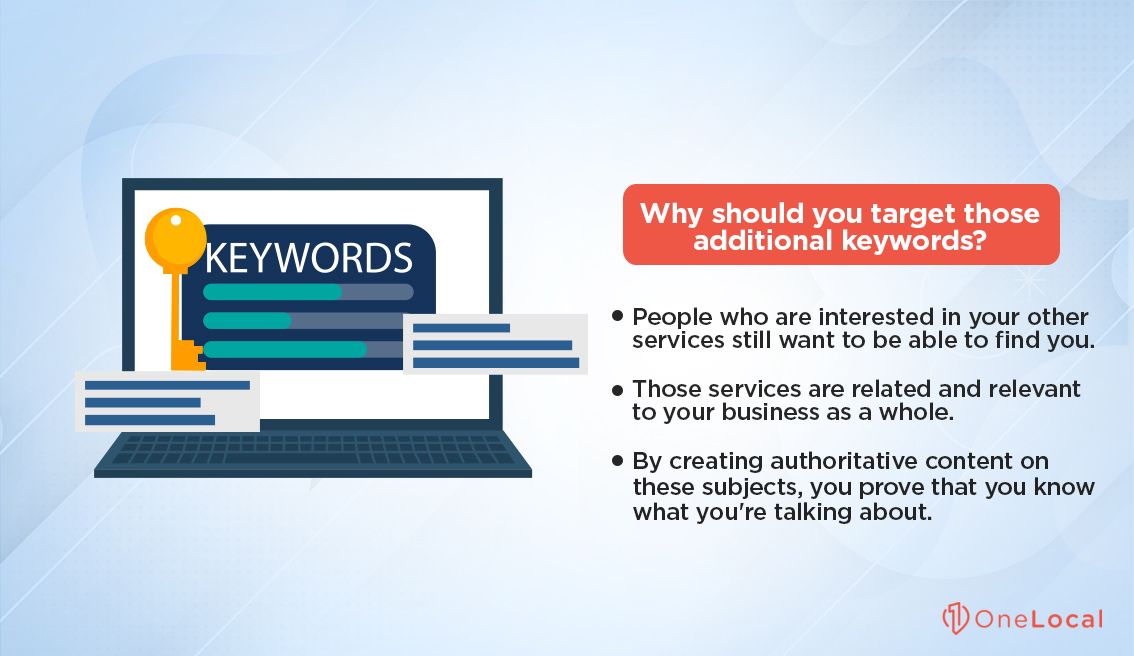
- People interested in your other services still want to be able to find you. If you don’t mention those services, Google won’t associate you with them, and thus users won’t be able to find you.
- Those services are related and relevant to your business as a whole. Who has ever heard of a landscaping company that doesn’t actually scape the land? Even if people aren’t searching directly for those services, they want to know you provide them, as a sign of trust and authority.
- Speaking of authority, by creating authoritative content on these subjects, you prove that you know what you’re talking about and have the authority and thought leadership to be worth a user’s attention.
Generally, keywords can be broken down into tiers.
At the top tier of target keywords, you have the most important keywords for your business. This tier includes the “Dallas Landscaping” level of keyword; shorter, more straightforward, highly evocative of your business, and with high competition. Targeting it alone would be very narrow but potentially effective. However, competition means it’s challenging to rank, so it becomes more of an all-or-nothing keyword to target. Tracking them is very important.
A tier below that for target keywords, you have your high-value secondary keywords. These would be keywords like “lawn care,” or “landscaping ideas,” or “landscaping cost.” They’re highly relevant and highly valuable to target because users are specifically looking for information you can provide. These are often the best possible keywords to target since they’re narrower than the primary keyword but have better returns. A site can target many of these, but usually, you want to focus on the top 10-15 of them.
Below that, you have tertiary keywords. These are keywords that are either longer and more specific (like “landscaping ideas for low light”), or they’re lower in interest and volume (like “landscaping rocks”). To target keywords will be easier since there’s less competition, so you’ll rank better for a standard amount of effort. However, since interest (and thus search volume) are low, the value of ranking for these keywords is also low. Usually, you’ll want around 30 or so of these keywords, though the list will change frequently.
However, tertiary target keywords serve an essential function; they help tell Google that you’re a well-rounded company rather than a narrow/niche company. If all you do is mow lawns, all the other landscaping keywords aren’t relevant. Google might prefer to share you if you provide many landscaping services because you offer more to potential users.
Below this, you have less-relevant, lower-volume keywords. These are target keywords that aren’t hugely valuable to you or users; a few niche users might care a lot about them, but they won’t be beneficial for most people to target keywords. They are, essentially, the “cover the bases” keywords. It’s good to use them to capture the stray user now and then, but they aren’t worth spending a ton of time focusing on them. These can be niche keywords like “landscaping jobs” that are relevant to you but not to your services specifically. They can also be keywords relevant to very niche interests, like “landscaping patio construction” or “wholesale landscaping supplies.” You can target as many of these as you want.
Sound Complex? Let Us Handle It
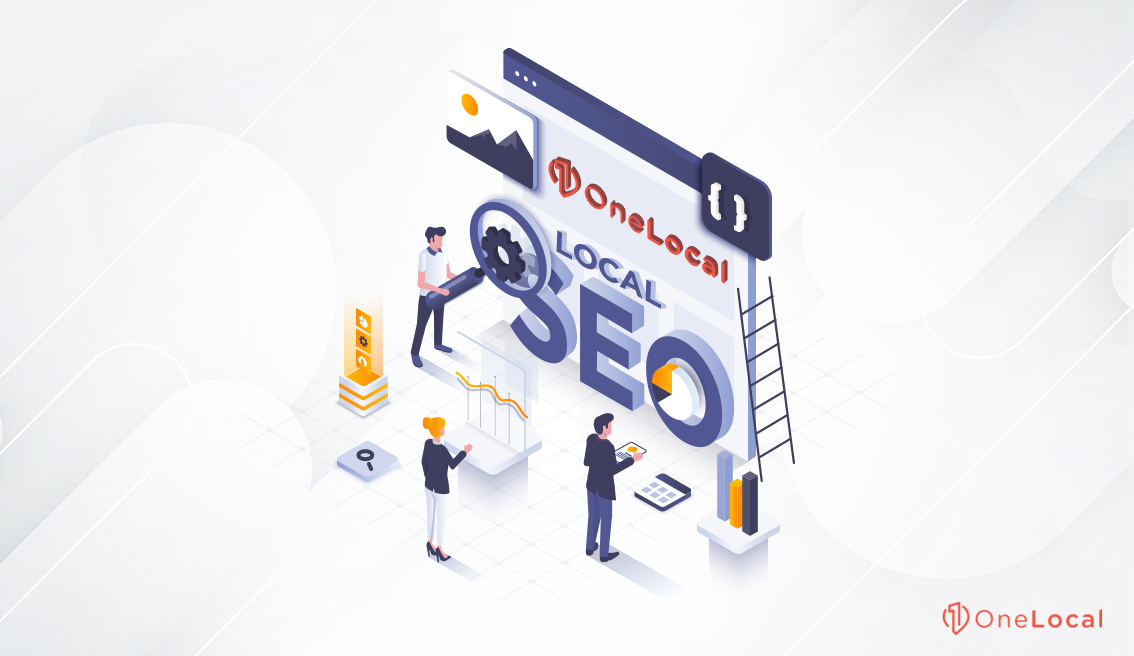
All of this is mostly just surface-level SEO. We’ve dramatically simplified the explanation to get the point across. That point is: target a lot of keywords in a hierarchy. The more valuable the keyword, the more effort is necessary to target it. The less valuable the keyword, the more of them you should target, but the less effort (and fewer returns) you should expect.
To answer the initial question, though, let’s repeat it. How many target keywords should you target for local SEO?
The answer: as many as you can. Identifying those keywords, finding the best ones to target, and understanding how to target them is all quite complex. Then you need to consider that everything needs a local/place-based keyword, but keywords can’t be over-optimized, and you can see how it’s tricky to do.
That’s why we offer our services to target keywords, content generation, and local SEO as part of our LocalSEO product. You need experts who know how to find the right keywords, target them, track their performance, and adjust. We are those experts. Contact us today if you need to build up your local web presence.
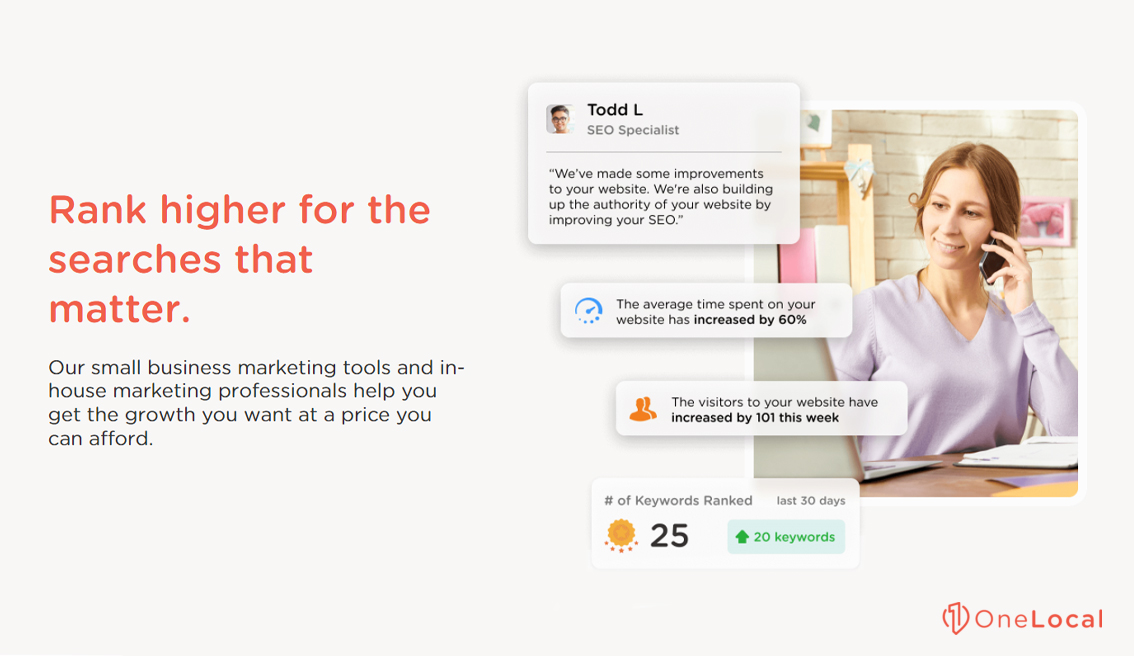
If you have any questions or concerns regarding target keywords for local SEO, please feel free to leave a comment down below. It can be a bit of a tricky topic to navigate if you’re a beginner in SEO, so we would love to be able to assist you however we can.
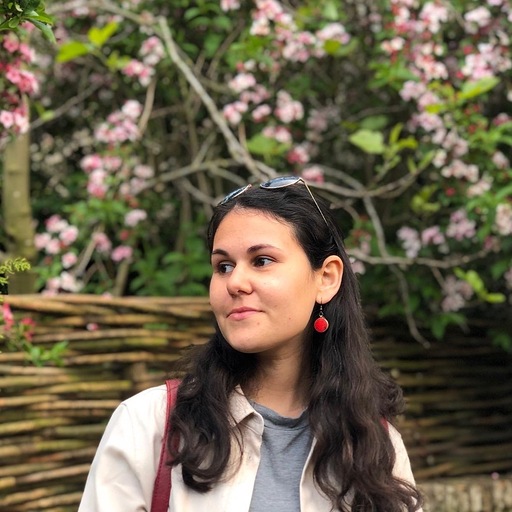
Rachel Solway is a seasoned marketing professional dedicated to empowering small businesses through innovative marketing strategies. With extensive experience at OneLocal, a leading marketing solutions provider, Rachel’s insights are helping thousands of local businesses navigate the digital landscape.

